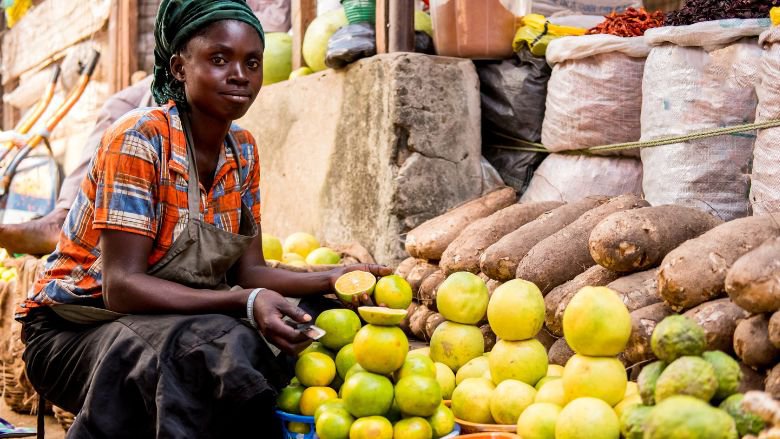Highlights:
Low-income countries face a sweeping debt crisis, making it all the more urgent for the IDA21 replenishment to be the largest ever.
Ballooning debt payments are pulling scarce resources from development priorities, threatening hard-won development gains and investment in people and environment.
Private lending to low-income countries has evaporated, leaving the World Bank and other multilateral development banks the lender of last resort for many countries—particularly the poorest.
By Shane Romig
Low-income countries face a sweeping debt crisis, making it all the more urgent for the IDA21 replenishment to be the largest ever. Ballooning debt payments are pulling scarce resources from development priorities, the International Debt Report 2023 highlights. A robust International Development Association (IDA) – which provides zero to low-interest loans and grants to world’s poorest countries - will be fundamental for many poor countries to invest in their people and the environment and to prevent the loss of hard-won development gains.
“The poorest countries need help, and they need it now,” said Haishan Fu, Chief Statistician of the World Bank and Director of the World Bank’s Development Data Group. "Every quarter that interest rates stay high results in more low- and middle-income countries becoming distressed—and facing the difficult choice of servicing their public debts or investing in public health, education, and infrastructure. We need to double down and give IDA the resources it needs to tackle poverty and fuel a green transition.’’
IDA is the world’s largest source of concessional financing, with 30 percent of outflows in the form of grants. Since 1960, IDA has provided $533 billion in funding to 115 countries and in the fiscal year ending June 30, 2023, IDA commitments totaled $35.4 billion, of which $7.3 billion were grants (with 75% of those grants going to African countries).
The scale of the problem is stark. In just the past three years, there were 18 sovereign defaults in 10 low- and middle-income countries— more than over the previous two decades. Today, about 60 percent of low-income countries are at high risk of debt distress or already in it.
The external debt of IDA-eligible countries more than doubled over the past decade to a record US$1.1 trillion. They paid a record $88.9 billion to service their external debt-in 2022. Over the past decade, interest payments on that debt quadrupled to a record $23.6 billion in 2022. And things are set to get worse. Overall debt-servicing costs for the 24 poorest countries are expected to balloon by as much as 39% in 2023 and 2024.
The problem is compounded by the weak growth seen in many of the poorest countries over the past decade. From 2012 through 2022, IDA-eligible countries increased their external debt by 134%, far beyond the 53% increase in their Gross National Income.
At the same time, private lending to IDA countries has shriveled. New bonds issued by low- and middle-income countries in international markets dropped by more than half from 2021 to 2022. The fall was even more dramatic in IDA-eligible countries, where new bond issuances fell by more than three-quarters to US$3.1 billion in 2022.
In response, the World Bank and other multilateral development banks have stepped up their support, often as the lender of last resort. For many countries—particularly the poorest—multilateral creditors were the primary source of new financing in 2022, providing $115 billion in new, low-cost financing for low- and middle-income countries in 2022, nearly half of which came from the World Bank.
But as IDA countries confronted multiple crises and a deteriorating debt position, there has been a large drawdown of IDA’s strategic capital since 2019. Replenishments have increased since 2018 due to innovative approaches that combine IDA equity with capital market contributions, but donor contributions have declined in real terms. For donor commitments to match global ambitions, this replenishment will need to go even further than the historic $93 billion IDA20 financing package.
“The world needs a much larger IDA to leverage financing for development impact, with donor commitments matching our shared global ambition,” said Dirk Reinermann, Director for Development Finance. “IDA has a unique ability to leverage concessional finance for development. Every IDA dollar of donor contributions is multiplied by nearly four for recipient countries. That means quadrupling the number of children educated, lives saved through health services and jobs created through productive private sector investments. We need partnerships, financial efficiency, and innovation to multiply our impact.”
IDA also plays a key role in helping countries chart clean-energy future and build resilience. The World Bank is the largest source of global climate financing. Given the urgency of intertwined climate and development challenges, now is the time to scale up funding of institutions that can leverage donor and market resources to deliver maximum impact and value for money. The future of those living in the world’s poorest countries depends on it.

